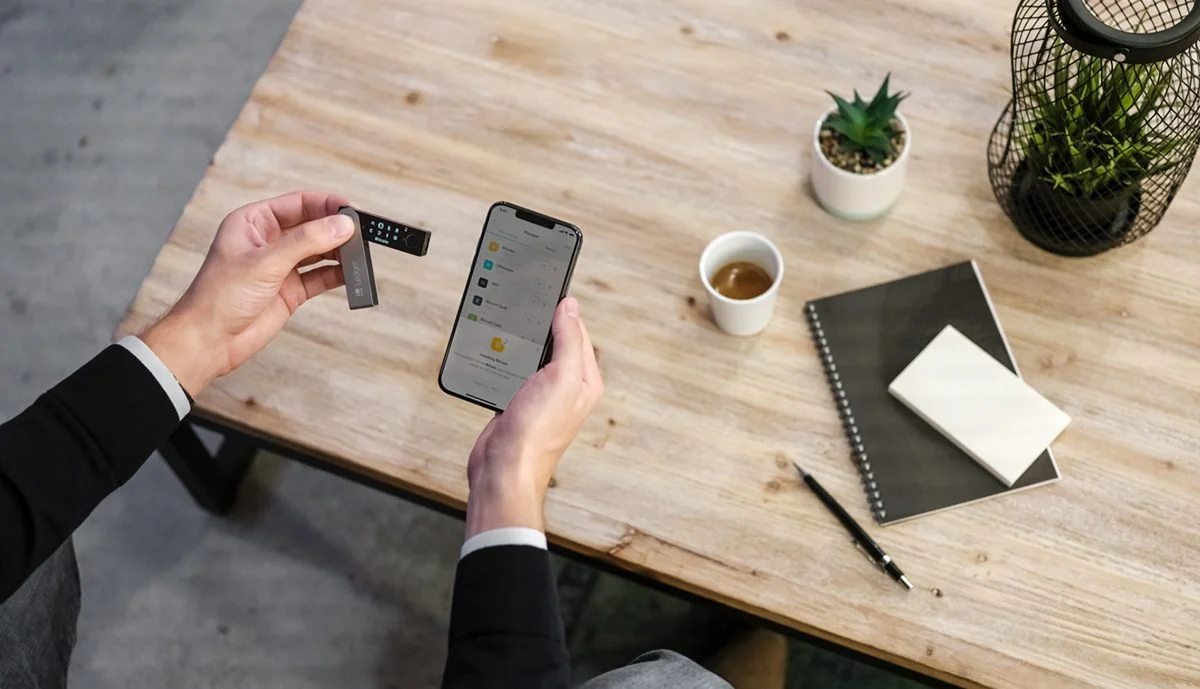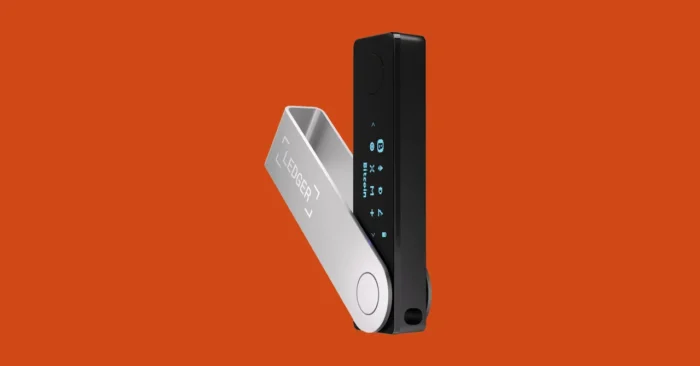
When it comes to cryptocurrency, there are two different types of storage: hot storage and cold storage. While hot storage refers to keeping your digital assets connected to the internet—and therefore more vulnerable to hacks—cold storage means keeping your cryptocurrencies offline in a secure location, such as a USB drive or paper wallet. In this article, we’ll focus on how to store crypto in cold storage.
There are several advantages to using cold storage for your cryptocurrency. Perhaps the most important is that it significantly reduces the risk of your assets being stolen by hackers. Cold storage also gives you full control over your private keys, which are needed to access your cryptocurrency. And because cold storage wallets are not connected to the internet, they can’t be hacked remotely.
There are a few different ways you can go about storing crypto in cold storage. The most common method is to use a hardware wallet, such as the Ledger Nano S or Trezor Model T. These devices allow you to store your private keys offline and sign transactions without ever exposing your keys to the internet. Another popular option is to create a paper wallet—essentially just a printout of your public and private keys—and store it in a safe place, such as a safety deposit box. Finally, you could also use different software in conjunction with an air-gapped computer; this setup would allow you to generate and sign transactions offline before broadcasting them online.
No matter which method you choose, it’s important to take some basic security precautions, such as encrypting your storage with a strong password and backing it up in multiple locations. By following these steps, you can ensure that your cryptocurrency is safe and secure—and ready to be used when you need it.

Pros and cons of cold storage
PROS:
-One of the biggest advantages of cold storage is that it’s much more secure than hot storage methods (like keeping your coins on an exchange).
-Since your coins are offline, they can’t be hacked or stolen.
-Cold storage is also a good option if you want to store large amounts of cryptocurrency.
CONS:
-The main downside is that it can be difficult to set up and use, especially if you’re not tech-savvy.
-It can also be time-consuming to transfer coins from cold storage to an online wallet when you want to spend them.

The different types of cold storage
There are three main types of cold storage: paper wallets, hardware wallets, and offline software wallets. You can find good storage on Buy crypto.
Paper Wallets
A paper wallet is a physical representation of your public and private keys. It usually takes the form of a printed piece of paper or a QR code that can be scanned into a software wallet.
The main advantages of this kind of storage are that they’re very cheap and easy to set up. They’re also one of the most secure methods of storing crypto since they’re not connected to the internet and therefore immune to hacks.
The downside of paper wallets is that they can be easily lost or destroyed. If you lose it, you’ll lose access to your crypto.

Hardware Wallets
Hardware wallets are purpose-built devices that are designed for storing crypto offline. The most popular hardware wallet is the Trezor, which supports a wide range of cryptocurrencies.
Hardware wallets have several advantages over other types of cold storage. They’re relatively inexpensive, they’re easy to use, and they offer good security features. However, they can be lost or stolen just like any other physical device.
Offline Software Wallets
An offline software wallet is a type of cryptocurrency wallet that stores your private keys on an air-gapped computer. Air-gapped computers are not connected to the internet, which makes them much more secure against hacks. However, this also means that they’re more difficult to use since you can’t access your crypto without physically accessing the computer.

How to set up cold storage?
In order to set up cold storage for your cryptocurrency, you will first need to acquire a digital wallet that is offline. There are many different types of digital wallets that support various cryptocurrencies, so be sure to do your research to find one that is compatible with the type of currency you wish to store. Once you have obtained it, you will need to generate a seed phrase consisting of 12-24 words which will be used to access your funds in the event that your wallet is lost or stolen. Be sure to store this seed phrase in a safe and secure location, as it will be the only way to access your money if your wallet is lost or damaged.
After you have created your seed phrase, you will need to generate a public and private key pair. The public key can be shared with others in order to receive payments, while the private key should be kept secret as it gives you access to spend your funds. Once you have generated these keys, you will need to print them out or otherwise store them in a safe place as they cannot be regenerated if lost.
Once you have completed these steps, your cryptocurrency will be securely stored offline and you can rest easy knowing that it is well-protected from hackers and other malicious actors.
Safety measures
When it comes to storing your crypto, there are a few key things to keep in mind in order to keep your funds safe. First and foremost, always use a strong and unique password for your wallet or exchange account. Secondly, make sure to enable two-factor authentication (2FA) whenever possible. This adds an extra layer of security to your account in case your password is ever compromised. Finally, never store your passwords or recovery seed phrase in an unencrypted file or on a piece of paper where they could be easily found. Instead, use a secure password manager or write them down in a safe place that only you have access to.

Conclusion
Cold storage is a great way to keep your crypto safe and secure. By keeping your coins offline in a wallet that is not connected to the internet, you can minimize the risk of them being hacked or stolen. There are several different ways to store crypto in cold storage, so be sure to research the options and choose the one that best suits your needs.











